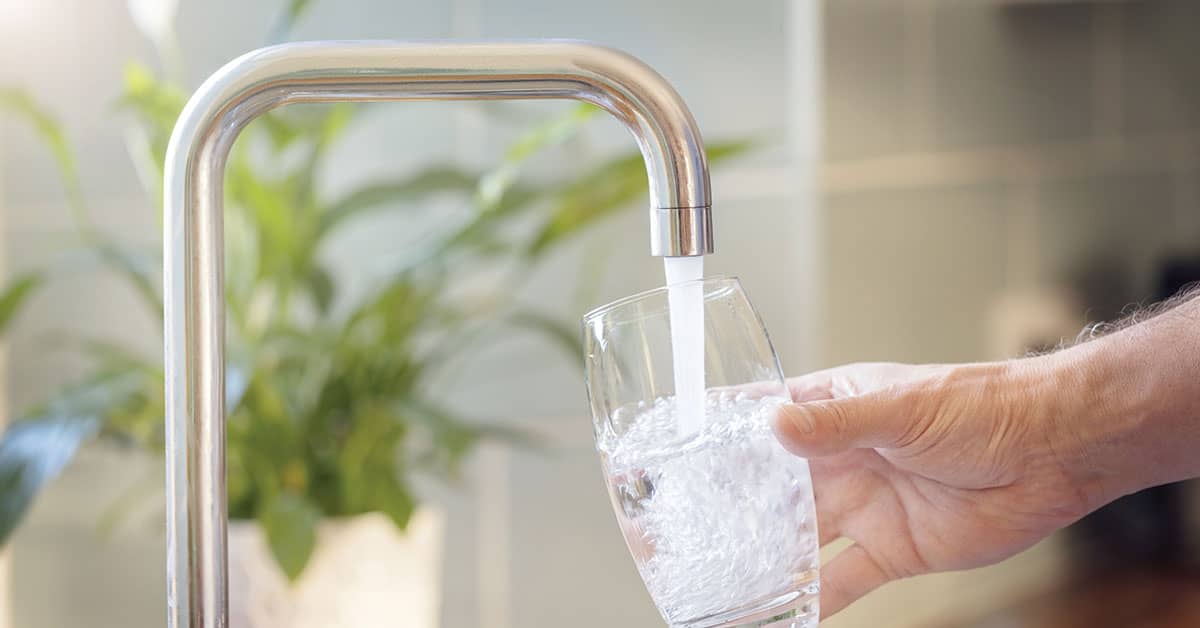Lead in Drinking Water
Date Posted: 09/26/2022

The Lead and Copper Rule (LCR) under 40 CFR 141 Subpart I, controls lead and copper in drinking water. It was established in 1991. All community water systems and non-transient non-community water systems are subject to LCR requirements. Systems must monitor drinking water at customer taps. If lead concentrations go over an action level of 15 parts per billion in over 10 percent of customer taps sampled, the system must undergo further actions to manage corrosion. The system would also need to tell the public about steps to protect their health and they may have to replace the applicable lead service lines. All systems, including those with all non-lead service lines, must generate and submit preliminary inventory of service lines to the appropriate state by October 16, 2024.
Lead and copper enter drinking water mainly through plumbing materials. Specific sources of lead in drinking water include:
- Copper pipes with lead solder,
- Lead service line,
- Faucets,
- Galvanized pipe, and
- Lead goose necks.
Since implementation, the LCR action level exceedances have gone down by over 90 percent. In a continued effort to manage lead in drinking water, in August 2022 the Environmental Protection Agency released Guidance for Developing and Maintaining a Service Line Inventory. The document details LCR requirements, but also lists helpful recommendations. The following are some of EPA’s recommendations for water systems:
- Include street addresses when applicable, as the location identifier for all service lines in a public-facing inventory. Identifiers should be very detailed to allow the identification of a precise service line.
- Optionally expand inventories to include service line subclassifications, other plumbing mechanisms like lead connectors, and further details like source of data, pipe diameter, and installation date.
- Consider interviewing adjacent water systems about regional construction practices.
- Connect with plumbers and other third parties to gather information on service line materials.
- If there are conflicting records of service line materials, consider classifying the line as unknown (or lead if one or more sources suggest lead is present) until the conflict is resolved.
- Update inventories in real-time or as soon as possible.
How Safety Management Suite Can Help
Staying in compliance with federal environmental regulations is challenging, especially when new variables are being introduced. We offer ezExplanations to help summarize Safe Drinking Water Act (SDWA) requirements. The J. J. Keller® SAFETY MANAGEMENT SUITE offers robust classroom trainings on lead, along with the ability to ask lead-related questions through the Expert Help tool. The Subject Matter Experts who support SAFETY MANAGEMENT SUITE will provide a response within one business day.
E-mail Newsletter
Sign up to receive the weekly EHS Insider email newsletter for safety articles, news headlines, regulatory alerts, industry events, webcasts, and more.